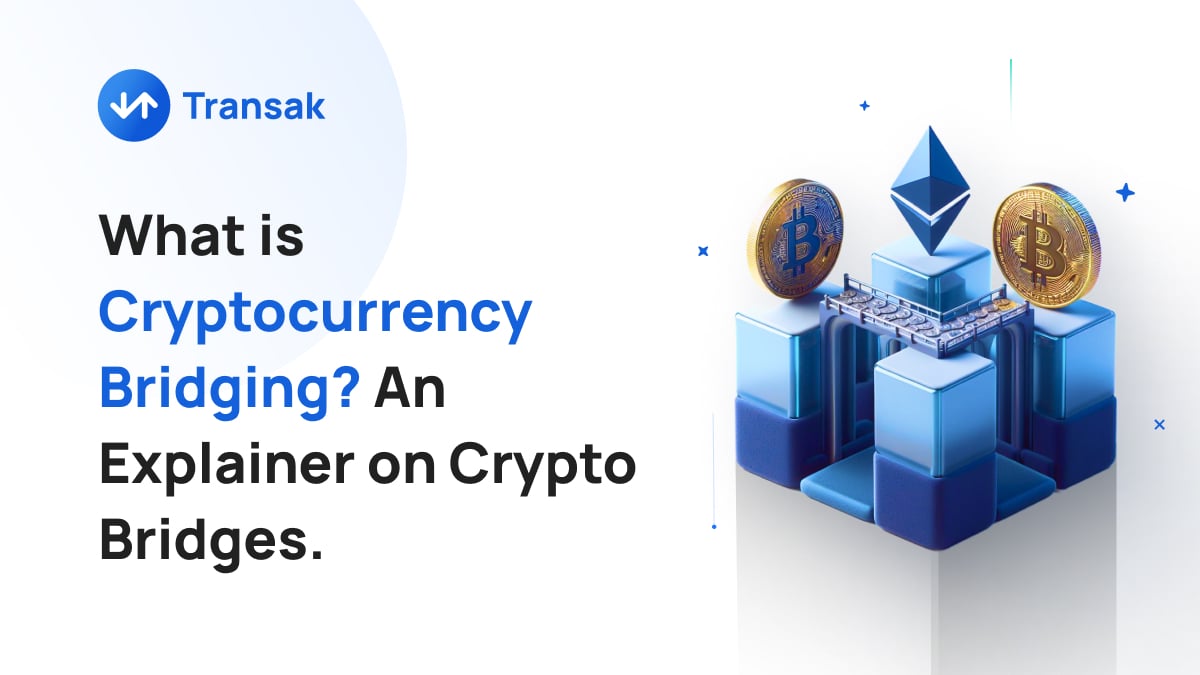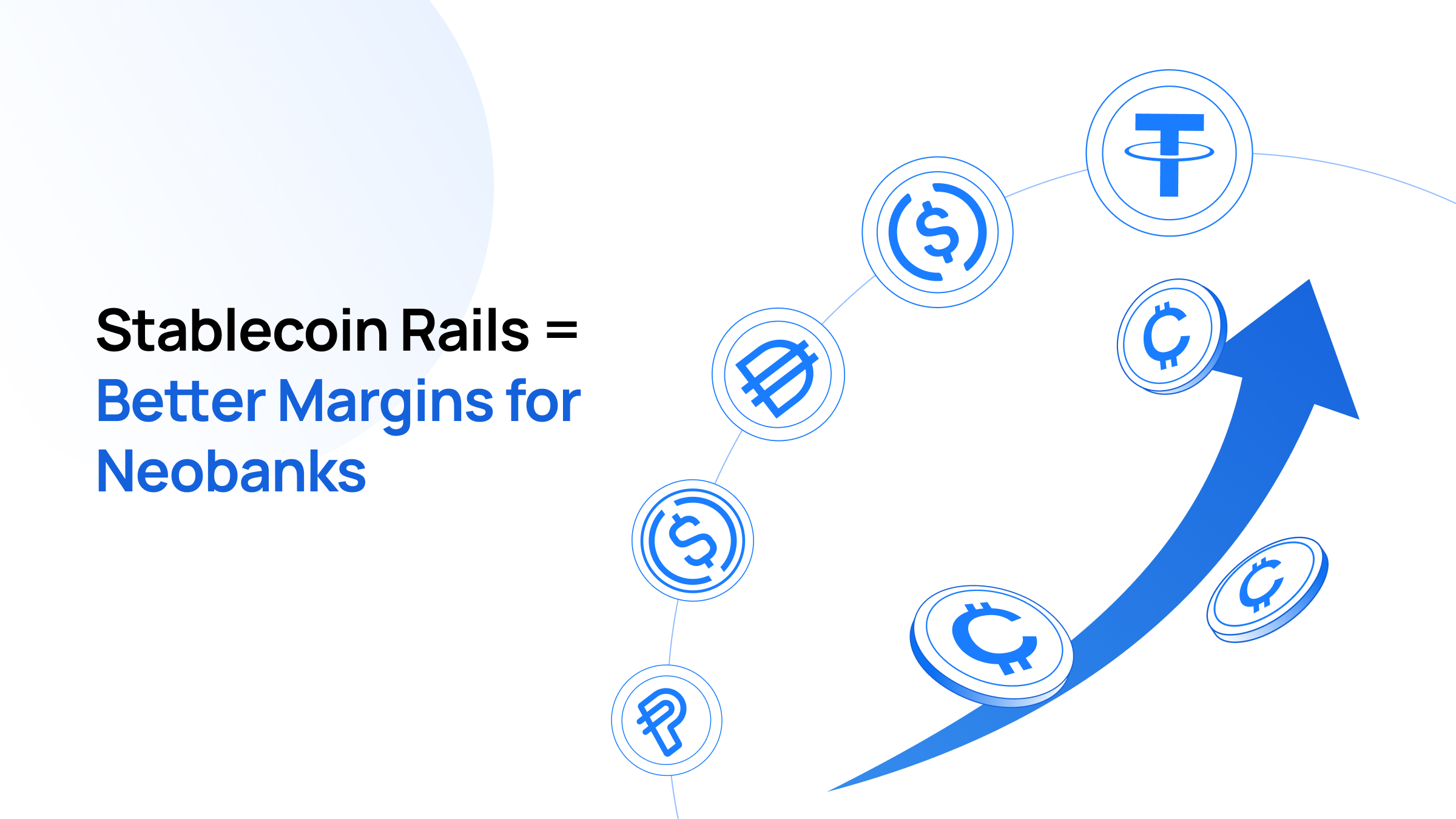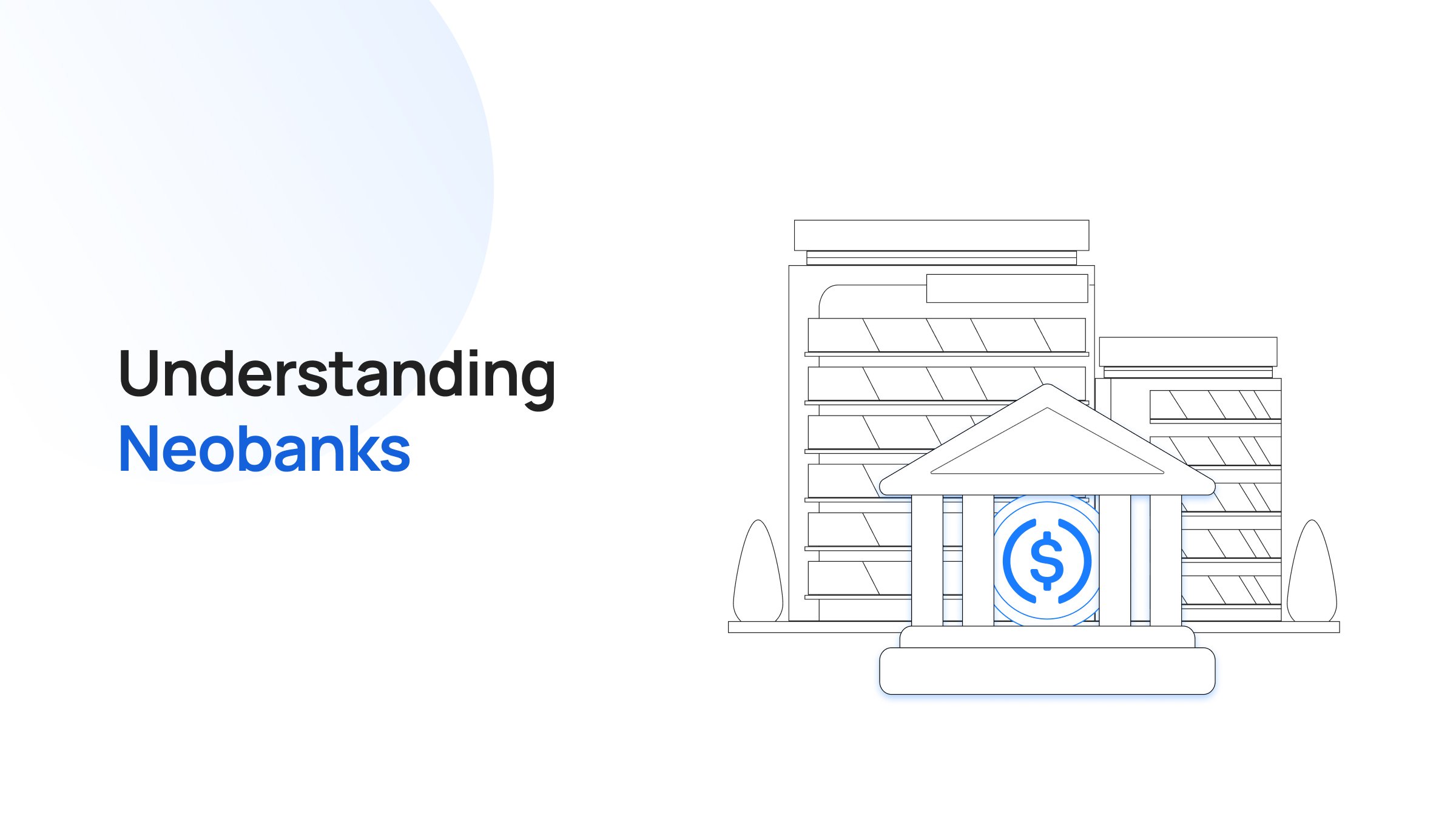Crypto bridging enables global users to migrate assets across various blockchain networks to break down silos and create a more connected “web3 ecology”. Not only does bridging increase overall liquidity, it also helps to promote cooperation among various blockchain communities.
The world of blockchain is diverse and segmented — there are over 1,000 blockchain and 23,000 cryptocurrencies in circulation. Each blockchain network has its own unique features, advantages, and limitations. For instance, Bitcoin excels in security and widespread recognition, whereas Ethereum offers smart contract functionality, and others like Cardano or Solana bring their own innovations to scalability and efficiency.
This diversity leads to a significant challenge: interoperability. In a traditional financial system, despite different banks and financial institutions, there's a level of interoperability allowing for seamless transactions across these entities. Blockchains lacks this interconnectedness.
In this article, we will explore what is crypto bridging and how you can get started with blockchain bridges.
What is Crypto Bridging?
Crypto bridging is a potential solution to the problem of blockchain interoperability. It allows effortless transmission of assets between blockchains. From a technical standpoint, crypto bridging involves locking up assets on the source blockchain using smart contracts and producing their “clones” on the destination chain.
Leveraging advanced cryptographic algorithms, bridges mediate cross-chain communications and HTLCs are an example of such protocols. Subject to pre-defined conditions and consensus agreement, smart contracts execute transactions on destination blockchain. These verification processes and event triggers ensure that locked assets are released in a trustless manner.
Fundamentally, crypto bridging combines cryptographic, consensus and automation components to develop a safe and efficient cross-chain mechanism for transferring assets.
Earlier blockchains existed in isolation blocking assets and data from circulating freely. But the growing demand for interoperability led to development of crypto bridging solutions. The goal of these innovations is to tear down walled gardens that divide blockchain ecosystems, so that users can switch back and forth easily between platforms.
The Mechanism Behind Blockchain Bridges
The process begins with the initialization of the crypto bridging mechanism. This involves setting up the necessary smart contracts, protocols, or systems on the blockchains that will be involved in the bridging.
- Asset Locking
Users initiate the bridging process by sending a request to lock a certain amount of assets (cryptocurrencies or tokens) on the source blockchain. This can involve interacting with a specific smart contract or a decentralized application (dApp).
- Verification & Confirmation or Consensus Validation
The crypto bridging mechanism verifies the user's request and ensures that the assets being locked are legitimate. In Proof of Stake, consensus mechanisms determine whether a transaction is valid or not.
- Generation of Wrapped Tokens or Representation
A representation of the locked assets is created on the target blockchain. This could be in the form of wrapped tokens or a similar instrument that mirrors the value of the original assets.
- Cross-Chain Communication:
The bridging mechanism facilitates communication between the source and target blockchains. This is achieved through cross-chain communication protocols, relay chains, or other interoperability solutions.
Through protocols like hashed time-locked contracts (HTLC), bridges allow cross-chain communication.
- Confirmation on the Target Blockchain
The target blockchain acknowledges the receipt of the request and the creation of wrapped tokens or the equivalent representation. This confirmation is crucial for ensuring that the user's assets are securely transferred.
- Unlocking on the Target Blockchain
Users on the target blockchain can then interact with the bridging mechanism to unlock the equivalent amount of assets. This involves burning the wrapped tokens or using a specific smart contract function.
- Finalization and Settlement
The bridging mechanism ensures that the assets are properly settled and that the transaction is finalized on both blockchains.
- User Confirmation
Users receive confirmation that the bridging process is complete, and their assets are now available on the target blockchain.
Technical Aspects and Functioning
Crypto bridging mechanisms rely on various technical components for secure and decentralized asset transfers across different blockchains. These components collectively create a robust and trustworthy infrastructure for cross-chain asset transfers:
- Smart contracts, self-executing agreements coded directly, are pivotal, managing asset locking, unlocking, and transfers.
- Hash functions and cryptographic proofs, like zero-knowledge proofs, ensure transaction integrity and security.
- Multi-signature wallets, requiring consensus from multiple private keys, enhance security.
- Cross-chain communication protocols enable information exchange between source and target blockchains.
- Interoperability standards ensure consistent data interpretation, enabling seamless bridging.
- Oracle networks fetch and verify external data for accurate smart contract execution.
- Atomic swaps provide trustless and secure asset exchanges between different blockchains.
- Consensus mechanisms finalize transactions, preventing double-spending, and cross-chain validators confirm transaction legitimacy.
- Secure key management practices safeguard user assets during the entire crypto bridging process.
List of Popular Blockchain Bridges
-
Base Bridge
Developed by Base Protocol, Base Bridge is an important cross-chain bridge solution that allows for smooth transfer of assets between various blockchain networks, increasing interoperability.
Popular Bridges include Orbiter Finance, Across Bridge and LayerSwap.
Unique Features and Use Cases
What's unique about Bridge Base is its flexibility, supporting a wide range of asset types such as tokens and NFTs. It is decentralized, user-friendly and trustless which provides transparency and security.
Since the bridge is compatible across multiple blockchains, it can be used in a multitude of scenarios. This satisfies different types of users depending on their needs and expands the scope for interaction.
-
Arbitrum Bridges
Arbitrum is a layer 2 Ethereum scaling solution with bridges that bridge the gap between mainnet and layer two. This allows scalability to be optimized while transaction costs are reduced.
Popular Bridges include LayerZero and Router Protocol.
Unique Features and Use Cases
Arbitrum bridges are well known as being highly scalable, lowering transaction fees and congestion on Ethereum. These bridges are a valuable stepping stone to solving Ethereum's scalability problems and boosting the efficiency of decentralized finance in general.
-
Polygon Bridges
Ethereum's Layer 2 scaling solution Polygon has bridges connecting different blockchain networks, thus helping to make the entire ecosystem scalable and user-friendly.
Popular Bridges include Axelar and Connext.
Unique Features and Use Cases
In terms of handling cross-chain transactions, polygon bridges perform extremely well. They enhance the speed and cost-effectiveness of transactions while supporting a range of use cases such as dApps, gaming and NFT marketplaces. Polygon bridges are necessary to expand Ethereum because they allow for a smooth experience as users move between different blockchains.
- BSC Bridges
BSC has several bridges connecting it with other chain networks, allowing cross bridges transfer of assets in the Binance ecosystem.
Popular Bridges include Celer Bridge and Zeroswap.
Unique Features and Use Cases
BSC bridges are widely used in decentralized exchanges (DEXs) and trading activities, because they have a reputation for quick and cheap transactions. They also increase Binance Smart Chain 'interoperability, giving individuals the ability to use assets across a variety of blockchain applications within the Binance environment.
Bridging vs Wrapping: Understanding the Differences
Bridging and wrapping are two different concepts, each fulfilling a specific role assisting in making assets interoperable or transferable.
Here's a detailed comparison table:
Bridging |
Wrapping |
|
|
Definition |
Bridging involves transferring assets or data between two different blockchain networks. |
Wrapping refers to representing an asset from one blockchain on another blockchain network. |
|
Purpose |
To facilitate interoperability and transfer of assets between different blockchains. |
To enable the use of a specific asset on a blockchain other than its native one. |
|
Mechanism |
Utilizes smart contracts or specialized protocols to link two distinct blockchains. |
Involves issuing a token on one blockchain that represents an asset from another blockchain. |
|
Asset Conversion |
Assets are moved across chains but retain their original form and value on the target chain. |
Assets are converted into a wrapped version, representing the original asset's value. |
|
Examples |
Ethereum to Binance Smart Chain bridge, Bitcoin to Ethereum bridge. |
Wrapped Bitcoin (WBTC) on Ethereum, Wrapped ETH (WETH) on other platforms. |
|
Security Considerations |
Security relies on the bridge's architecture and protocols used for transferring assets. |
Security depends on the custodian or smart contract mechanism used for wrapping. |
|
Transaction Process |
Involves locking assets in one chain and then minting or unlocking equivalent assets in another. |
Involves locking the original asset and minting a wrapped version on the target blockchain. |
|
Use Case Diversity |
Primarily used for asset transfers and cross-chain interactions. |
Used to utilize specific blockchain functionalities like DeFi on chains where the original asset isn't natively supported. |
|
Decentralization |
Varies based on the bridge's architecture; can be centralized or decentralized. |
Often relies on custodians, which can introduce centralization points. |
|
Reversibility |
Typically reversible, allowing assets to move back to the original chain. |
Reversible, where the wrapped asset can be exchanged back for the original asset. |
|
Impact on Liquidity |
Can enhance liquidity by enabling asset movement across different ecosystems. |
Increases liquidity of the wrapped asset on the target blockchain. |
|
Complexity and Efficiency |
Can be complex, depending on the bridge's design; efficiency varies. |
Relatively straightforward but depends on the efficiency of the wrapping process. |
How to Use a Blockchain Bridge: Step-by-Step Guide
Follow the below mentioned steps to bridge your assets across multiple blockchains.
Step 1: Choose the Right Bridge
Start by doing research and finding a reliable blockchain bridge that supports the assets you want to send. Take into account issues such as security, supported blockchains, costs and community reviews.
Step 2: Set Up a Bridge Wallet
Ensure you have a wallet which supports both the source and target blockchains. If the bridge you have chosen has a dedicated wallet (such as Binance Bridge Wallet) make sure to download and install it. Else use a multi-chain wallet such as MetaMask or Trust Wallet.
Step 3: Connect Your Wallet
Launch your chosen wallet, and link it to the source blockchain where you keep those assets. This usually involves adding the blockchain as a custom network in your wallet settings.
Step 4: Deposit Assets
Deposit the assets you want to transfer into your bridge wallet. This would usually entail making a transfer from your existing wallet to the bridge's wallet address.
Step 5: Access the Bridge
Visit the official website/dApp of the blockchain bridge you are using and enter the bridge interface.
Step 6: Select Source and Target Chains
Select source and target blockchain networks. If you're transferring assets from Ethereum to Binance Smart Chain, set the source as "ETH" and target as BSC.
Step 7: Initiate the Conversion
Specify the amount of assets to transfer and check transaction details, confirm and initiate the conversion.
Step 8: Confirm on Wallet
Confirm the transaction on your wallet. (This includes signing a message or approving the transaction with your wallet's user interface).
Step 9: Monitor Transaction Progress
After confirming, make sure to check the progress of the transaction on the bridge's interface or your own wallet. The transfer may take some time, depending on network congestion.
Step 10: Verify on Target Blockchain Wallet
Check your target blockchain wallet. Have the assets arrived? Check the transaction details and balances to complete this process.
Tips for Safety
Security and reliability are the crucial considerations in choosing a bridge for transactions. Select bridges with a successful track record, positive user feedback as well as an open protocol.
- Make sure the bridge uses strong encryption to protect sensitive information.
- Choose platforms with straightforward terms of use and active customer service.
- Check the bridge's fees for and processing times of transactions before you start trading.
- Keep up with the latest security updates, and use due diligence to protect your investments.
The Security Aspect of Crypto Bridging
Bridges have a reputation of being more centralazed. Therefore, they can also be risky, and it is all the more important to consider security in this kind of environment.
Security Considerations
- Single Point of Failure: Most existing bridges take a centralized architecture. If this central point is compromised, that's a checkmate for the bridge and opens up possibilities of security break.
- Smart Contract Vulnerabilities: The majority of bridges employ smart contracts to lock and unlock assets. Also, owing to the fact that smart contracts are insecure and code is only as good.
- Oracles and Price Feeds: Oracles and price feeds on decentralized bridges decide asset valuations across blockchains. Manipulation or compromise of these oracles can result in bad valuations of assets and even exploits.
Why Are Crypto Bridges Centralized?
Despite the decentralized ethos of blockchain, crypto bridges often have a single point of failure, i.e., they are centralized.
Building a decentralized bridge is metaphorically similar to constructing a real-world bridge between two countries with different languages, laws, and driving rules. The complexity is immense. Each blockchain has its own unique 'language' and 'laws' (consensus mechanisms and protocols), making a truly decentralized bridge not just a technical challenge, but a Herculean task.
Further, with the innovations in web3 being so rampant, decentralization increases points of vulnerability, and in the world of cross-chain operations, this can be a deal-breaker.
Centralized solutions, much like a well-oiled machine, can process transactions swiftly and efficiently, while decentralized alternatives might struggle to keep up.
To sum up:
- Complexity: A decentralized bridge adds complexity to design and construction. It is difficult to reach an agreement among decentralized nodes and even more so to ensure the safety of several different types of nodes on all kinds of blockchains.
- Efficiency: Centralized bridges offer unified control for faster transaction processing. From the user's experience perspective, decentralized bridges may suffer in speed and efficiency.
- Security Trade-Offs: Striking a compromise between decentralization and security is hard. Centralized applications respond faster to vulnerabilities, but are more easily hacked.
When is a Blockchain Bridge Useful?
One of the most common use cases of a blockchain bridge is buy assets on another blockchain but you do not have the requisite tokens to perform the transaction on that chain.
In such a case, a blockchain bridge enables you to convert your existing tokens into the required tokens on the target blockchain. This process involves locking your tokens on the original blockchain and then minting or releasing an equivalent value of the target blockchain's tokens, allowing you to conduct transactions, including asset purchases, on that chain.
In contrast, Transak One simplifies the process significantly. It allows users to directly purchase the needed assets on another blockchain using fiat currency in a single step. This eliminates the need for multiple transactions involved in using a bridge, such as acquiring initial tokens, transferring them, and converting them on the target chain.
Conclusion
As the cryptocurrency ecosystem grows, there will be a greater need for interoperability among various blockchains. Hence, crypto bridges will play a central role in enabling this interoperability.
However, crypto bridges are a goldmine for hackers due to their centralized nature. Bridge exploits like the Harmony Horizon bridge hack, and Ronin bridge hack are testaments to this. As a result, crypto bridges are also under greater regulatory scrutiny.
With the increasing scrutiny from regulatory bodies, future crypto bridges might incorporate more compliance measures to adhere to international regulations and guidelines.
Transak One is a secure alternative to most crypto bridges that dApps can integrate to provides with a way to interact with smart contracts without the need to create a wallet — using fiat currencies.
FAQs
What are bridges in crypto??
Crypto bridges are tools that connect different blockchains, enabling the transfer and interoperability of assets like tokens between those networks.
What is the best crypto bridge?
The "best" crypto bridge varies based on security, user needs, supported assets, and transaction fees. It's subjective and changes with market developments. If you want to purchase any blockchain-based asset usign fiat currency, we suggest looking for the option of doing it via Transak.
What is the difference between bridge and exchange?
A bridge transfers assets between blockchains, maintaining the same asset. An exchange trades different assets, typically within the same blockchain.
How to use Ethereum bridge?
To use an Ethereum bridge, select a bridge service, connect your wallet, choose the asset and destination blockchain, and execute the transfer following the service's instructions.
How to do bridging in crypto?
To bridge in crypto, choose a bridging service, connect your cryptocurrency wallet, select the asset to bridge and the target blockchain, then follow the service's procedure to complete the transfer.
How do I select a safe and Trusty Crypto Bridge?
When choosing a crypto bridge, security is a key factor. You should also take the community reviews on social media into consideration as well as what types of blockchains it supports and how much transaction fees are charged per token movement.
Can I bridge any cryptocurrency?
The supported networks determine the bridging ability of any chosen bridge. Although many bridges are compatible with major cryptocurrencies such as Bitcoin and Ethereum-based tokens, specific assets carried by a bridge must be verified.
What should you know before using a blockchain bridge?
Research the security precautions that must be taken before using a blockchain bridge, the degree of decentralization and possible risks. Evaluate the bridge's track record and start with small test transactions at first. Check gas fees, transaction times and community feedback.
Want to learn more about cryptocurrencies and web3? Head over to transak.com/blog.






